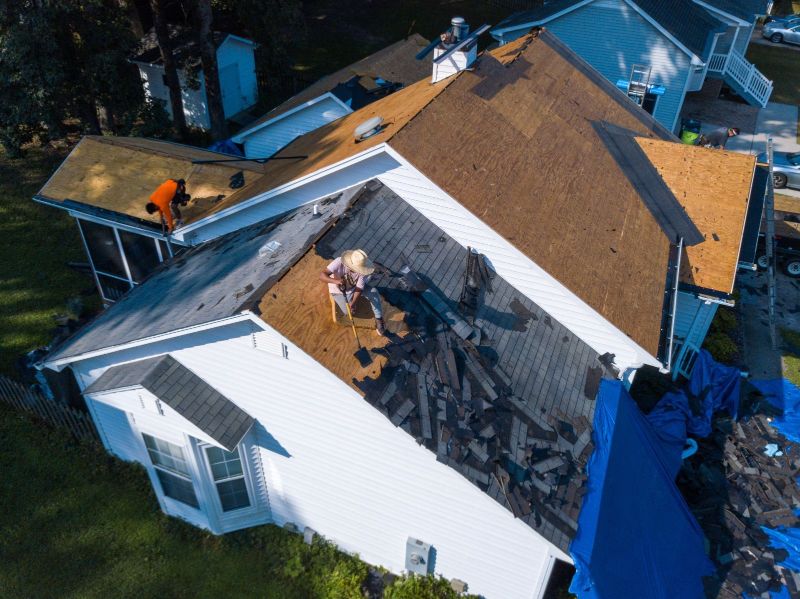Roof replacement is a major project that can significantly improve the appearance and functionality of your home or building. It is an essential investment that should be done right to ensure the safety and protection of your property. But how does roof replacement work, and what should you expect from the process? In this article, we will guide you through the steps involved in a roof replacement project.
Step 1: Inspection and Assessment
The first step in any roof replacement project is inspection and assessment. A professional roofing contractor will inspect your roof to determine the extent of the damage and the best course of action. The inspection may involve climbing onto the roof, checking for leaks and cracks, and assessing the overall condition of the roof.
Step 2: Material Selection
Once the inspection is complete, the roofing contractor will recommend the best materials for your roof replacement project. The materials chosen will depend on several factors, including your budget, the climate in your area, and the style and color of your home or building. Some common roofing materials include asphalt shingles, metal roofing, and tile roofing.
Step 3: Preparation
Before the actual roof replacement can begin, the roofing contractor will prepare the site. This includes removing any debris or old roofing materials from the roof, protecting the surrounding landscaping and property, and ensuring that the site is safe for workers.
Step 4: Installation
The installation process is where the actual roof replacement work begins. The roofing contractor will start by installing the underlayment, which is a waterproof barrier that is placed over the roof deck. This will provide an extra layer of protection for your roof.
Next, the roofing contractor will install the new roofing materials. This may involve installing shingles, tiles, or other materials in a specific pattern or design. The roofing contractor will ensure that the materials are properly aligned and secured to the roof.
Step 5: Finishing Touches
Once the new roofing materials are installed, the roofing contractor will add finishing touches to complete the project. This may include adding flashing around chimneys and other structures, installing gutters and downspouts, and painting or sealing the roof to protect it from the elements.
Step 6: Cleanup and Inspection
After the roof replacement is complete, the roofing contractor will clean up the site and ensure that any debris or old roofing materials are removed. They will also perform a final inspection to ensure that the new roof is properly installed and meets all local building codes and regulations.
Benefits of Roof Replacement
There are several benefits to replacing your roof, including:
Improved Functionality: A new roof can improve the functionality of your home or building by providing better insulation, ventilation, and protection from the elements.
Enhanced Appearance: A new roof can enhance the appearance of your property and increase its value. With a wide range of roofing materials and colors available, you can choose a style that complements the design of your home or building.
Increased Safety: A new roof can provide increased safety by preventing leaks and other roofing issues that can cause damage to your property or pose a risk to your health and safety.
Longevity: A new roof can last for decades, depending on the materials used and the quality of the installation. This can provide peace of mind knowing that your property is protected for years to come.
Roof replacement is an essential investment that can provide several benefits for your home or building. It is important to work with a professional roofing contractor who can guide you through the process and ensure that the project is completed to your satisfaction. By following the steps outlined in this article, you can ensure that your roof replacement project is a success and provides the protection and functionality that you need.



